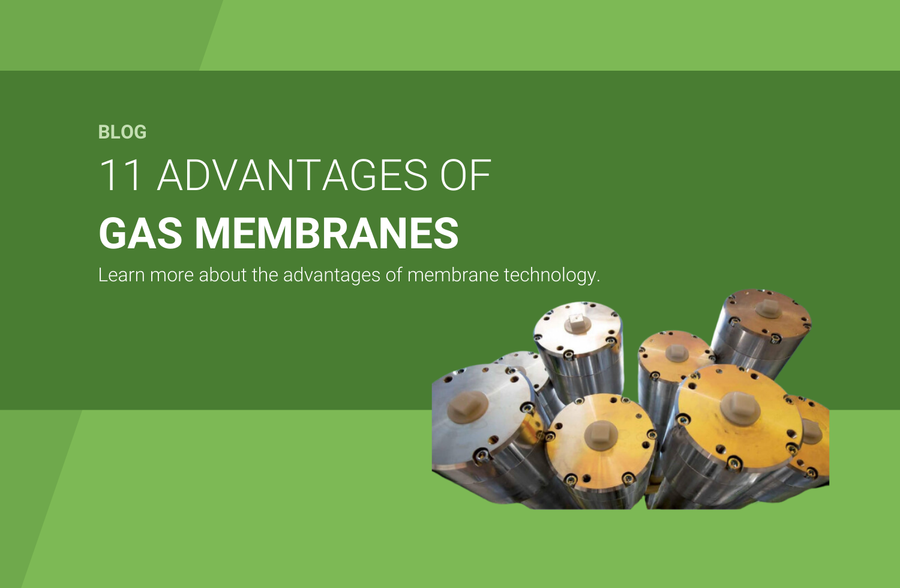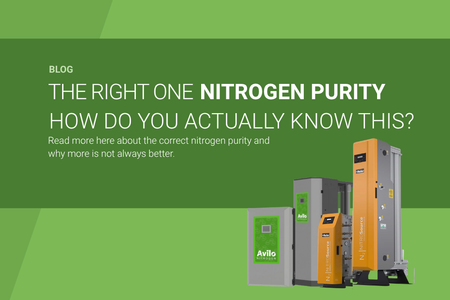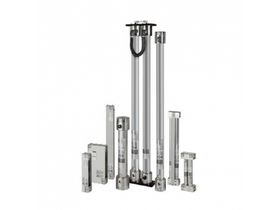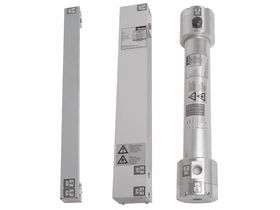
Parker gas membranes and membrane technology in general offer numerous benefits in terms of energy consumption, lifecycle, and product characteristics. Below are all the advantages of producing nitrogen or oxygen with membrane technology, point by point.
- Use of a Standard Low-Pressure Industrial Compressor
Membranes require only a small pressure differential to produce nitrogen/oxygen. There is no need for a high-pressure compressor to achieve the required nitrogen flow rate. - Energy Savings
Production at low pressure consumes less energy. Additionally, there is no need to heat the incoming compressed air. The membrane performs very well at room temperature, allowing it to reach the set purity immediately after startup. - Reduced CO2 Emissions
No heating is required to activate the polymer membrane structure, resulting in lower CO2 emissions. - Robust Fiber
Exhibits excellent properties in terms of contamination resistance. - Large Fiber Diameter
This results in a very low pressure drop across the membrane module. - Plastic with Excellent Mechanical Properties
Expected lifespan of more than 10 years. - Very Stable Performance Over Time
No decrease in capacity due to aging. The capacity remains constant throughout the entire lifespan. - Fast Startup Time
Required nitrogen/oxygen purity is produced immediately. No warm-up time needed. - Flexible Placement Options
Can be installed in any desired orientation without affecting nitrogen/oxygen production. - Quiet Operation
Noise produced by membrane technology is extremely low compared to other production methods. - Small System Footprint
The footprint of membrane modules is significantly smaller than any other nitrogen/oxygen production technology.
For more information on producing gas with membrane technology, feel free to contact us.
 EN
EN
 NL
NL



